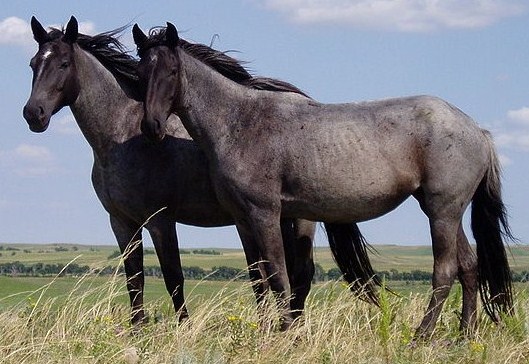Function:
Your digestive systems function is to break down food and make it able for you to remove the solid or liquid waste from your body. Your digestion process starts when you put the food in your mouth.
Organs:
Mouth: The mouth is where the digestive process starts. The mouth chews up the food with mechanical digestion. Your spit in your mouth has enzymes that chemically break down the food.
Esophagus: The esophagus brings the food from your mouth to your stomach. To make this easy your esophagus has mucus in it so that your food can run down your esophagus easily.
Stomach: The stomach is were your food is churned and mixed with enzymes and other digestive juices. Your stomach breaks the food down into chyme.
Small intestines: The small intestines work to absorb the nutrients from your food. It also makes the chyme smoother and easier to be absorbed into your bloodstream.
Large intestines: The large intestines work to absorb the water out of the chyme so that you stay hydrated and don't get dehydrated.
Liver: The liver is important because the liver produces bile which is stored in the gall bladder and helps with digestion by breaking down fats or fatty acids.
Pancreas: The pancreas is important because it makes enzymes or digestive juices that are released in the small intestines to help break down the food more.
Gall bladder: The gall bladder stores some stuff like bile and makes it more concentrated so that the bile can be more effective on the fats.
Other systems the digestive system works with: The Digestive system may do lots but it doesn't do it all alone. The digestive system works with the circulatory system. The digestive system breaks down your food and absorbs the nutrients but the circulatory system takes those nutrients and distributes them throughout the body. This is very good and important to the digestive system because what would your body do with those nutrients if the circulatory system didn't distribute them.
Analogy:
 |
| https://c2.staticflickr.com/4/3289/2794936916_a3abf9aa18_b.jpg |
Your digestive system is like a garbage disposal because:
1. Your digestive system and your garbage disposal both grind or chew up the food or other stuff that goes into the mouth or the garbage disposal.
2. After your food is chewed your digestive system has your tong push the grinned up food down the esophagus while your garbage disposal takes the grinned up stuff and put it down a pipe.
3. Your garbage disposals process starts when you put the food in the "mouth" of the garbage disposal while your digestive system starts when you put the food in your mouth.
Your teeth are similar to the grinders in the garbage disposal because they both grind up whatever it takes in. Your esophagus is like the pipes because they both carry the grinned up food or whatever away. It is very important for both of these to get their food into small enough shape before swallowing because it could get clogged if the food or other stuff is too big. They are both start when you put to the food into the "mouth".
Structure and Function:
The main function of the esophagus is to carry away the food from your mouth into your stomach where it will be digested. The esophagus also is a tube for air so if your try to breathe and swallow your food at the same time you might choke.
1. Your esophagus has mucus which allows the food to slide quickly and easily down your throat like a water slide. This is important because without the mucus swallowing might be pretty hard.
2. Your esophagus is the same tube that you breathe with and your body controls which tube is open so if you try to breathe while you are swallowing you will most likely choke.
3. The size and shape of your esophagus make swallowing fast and more efficient. If your esophagus was curvy it would make it so that the food goes back and forth and it would not be as direct of a path so it would not be as quick. If it had loops it would make it very hard to swallow and you might get the loop clogged.
Sources:
https://www.brainpop.com/health/bodysystems/digestivesystem/
http://kidshealth.org/en/kids/liver.html
http://www.medicalnewstoday.com/articles/10011.php
http://www.biology4kids.com/files/systems_digestive.html





